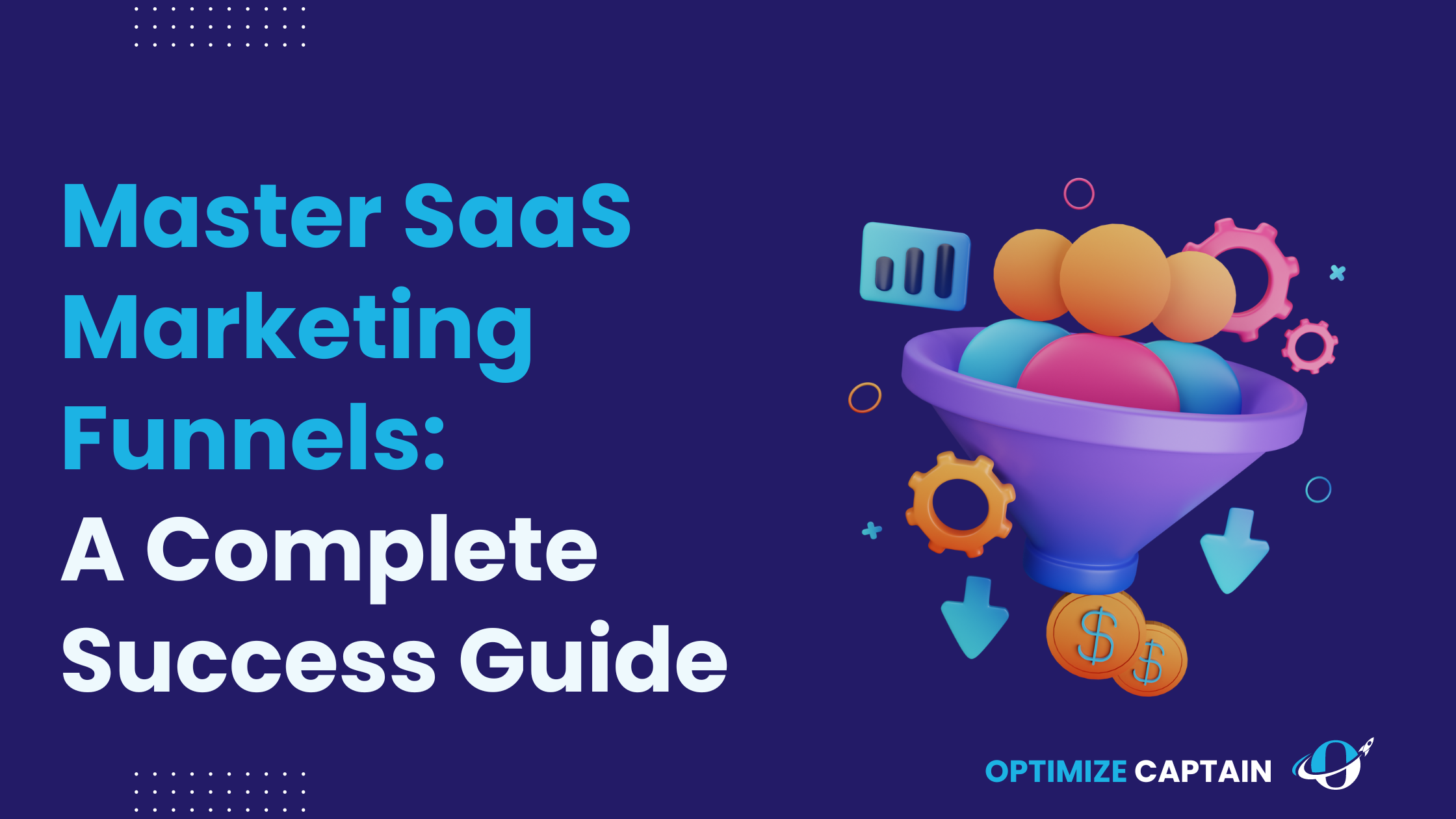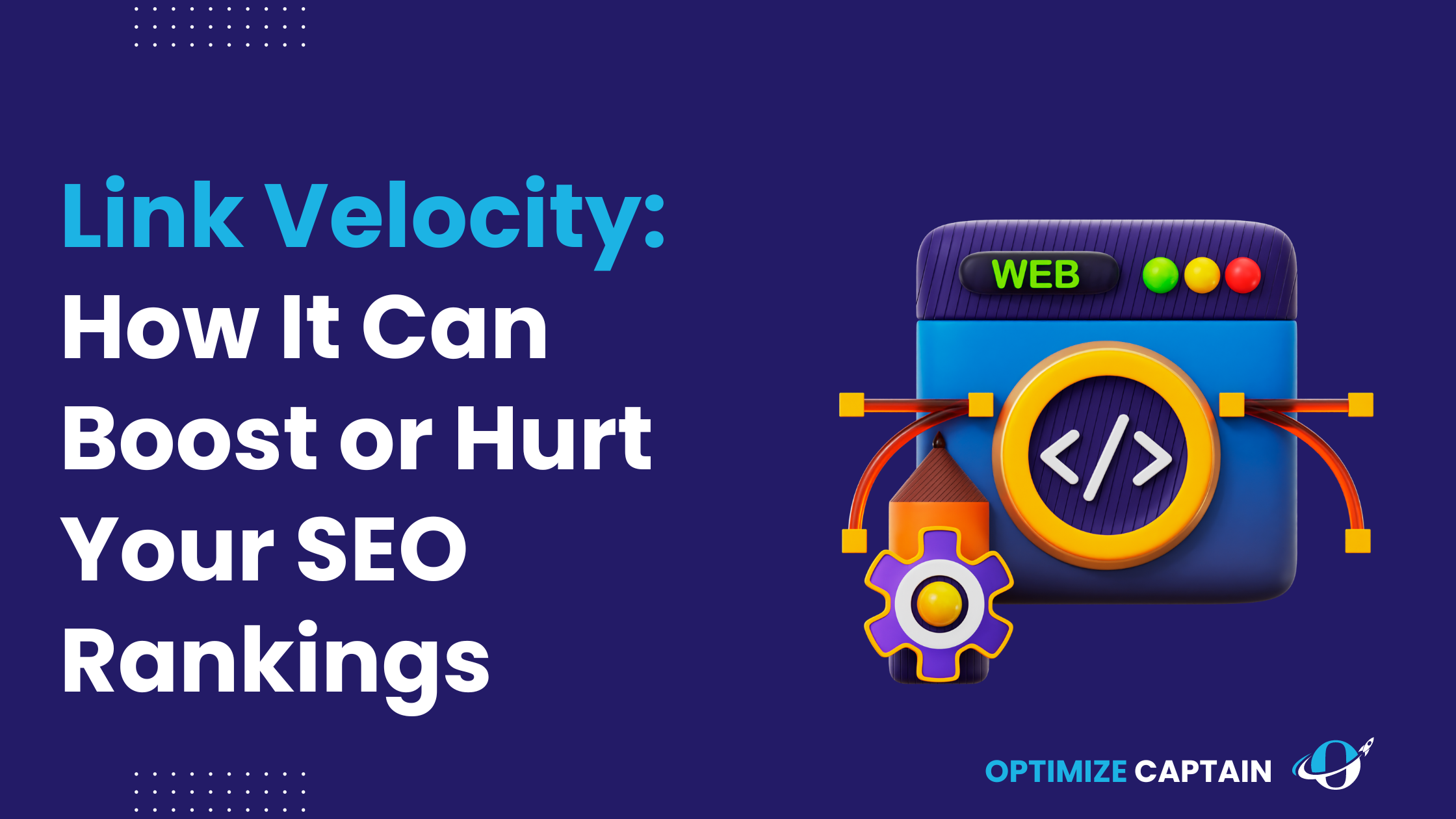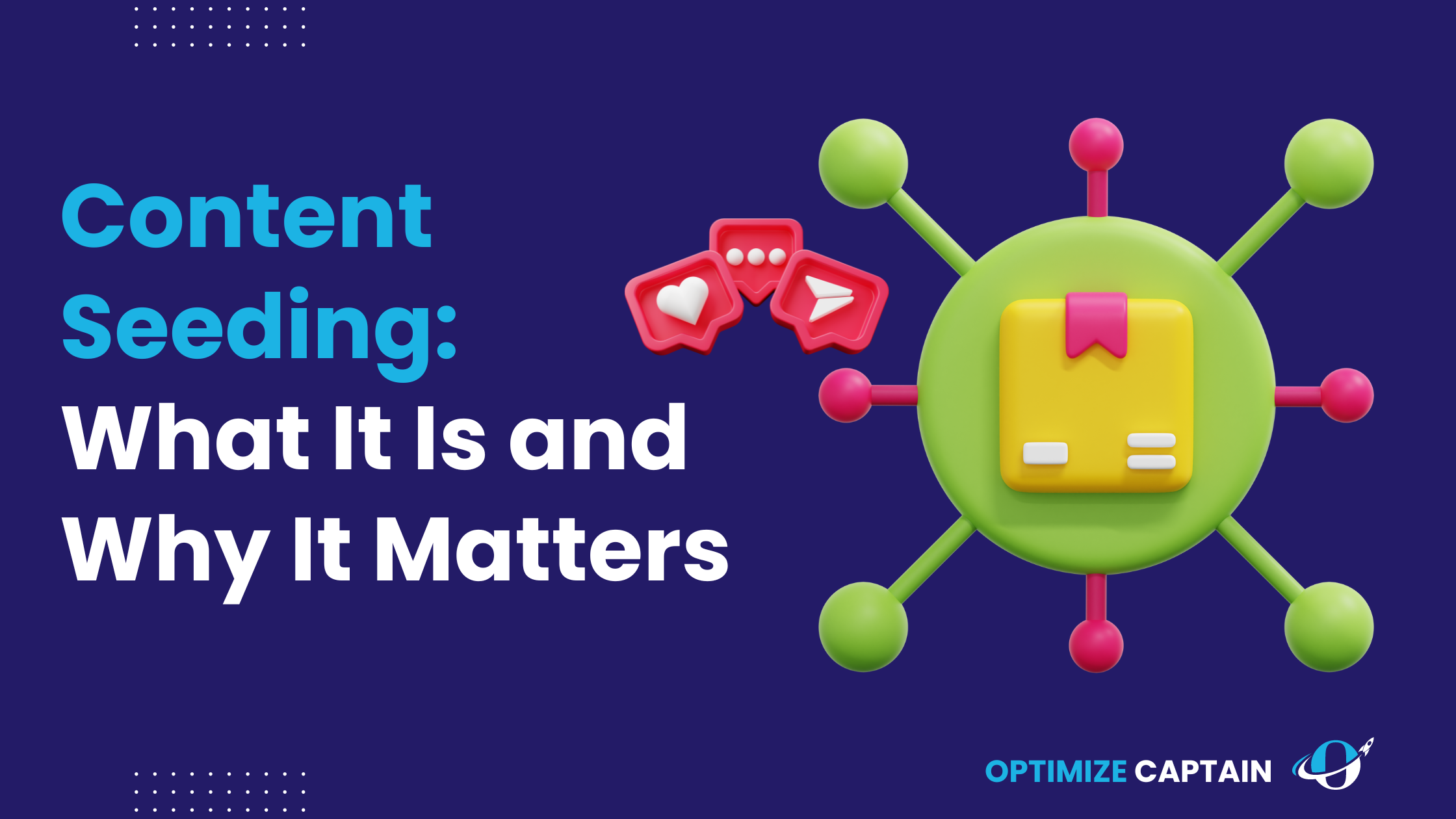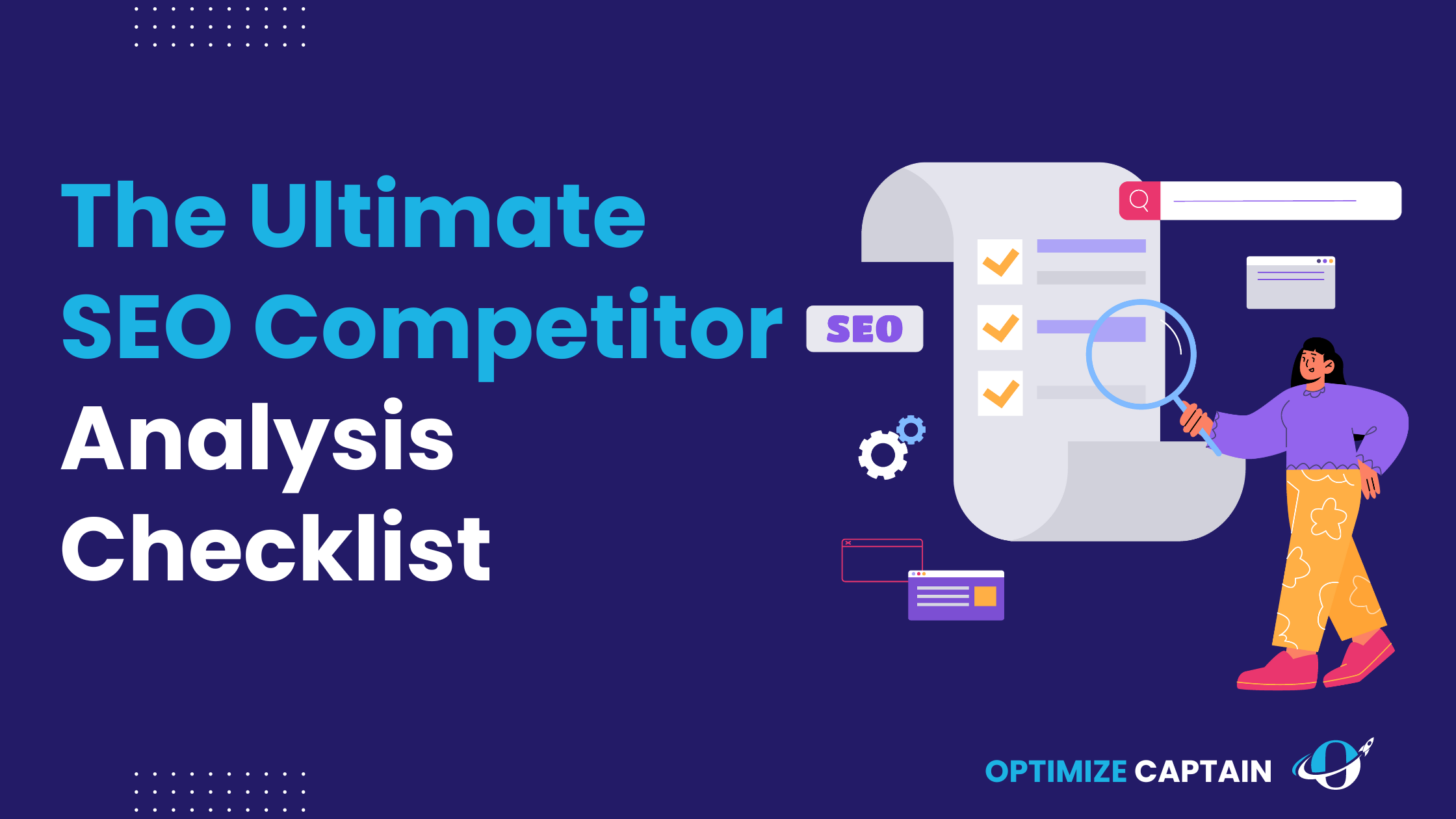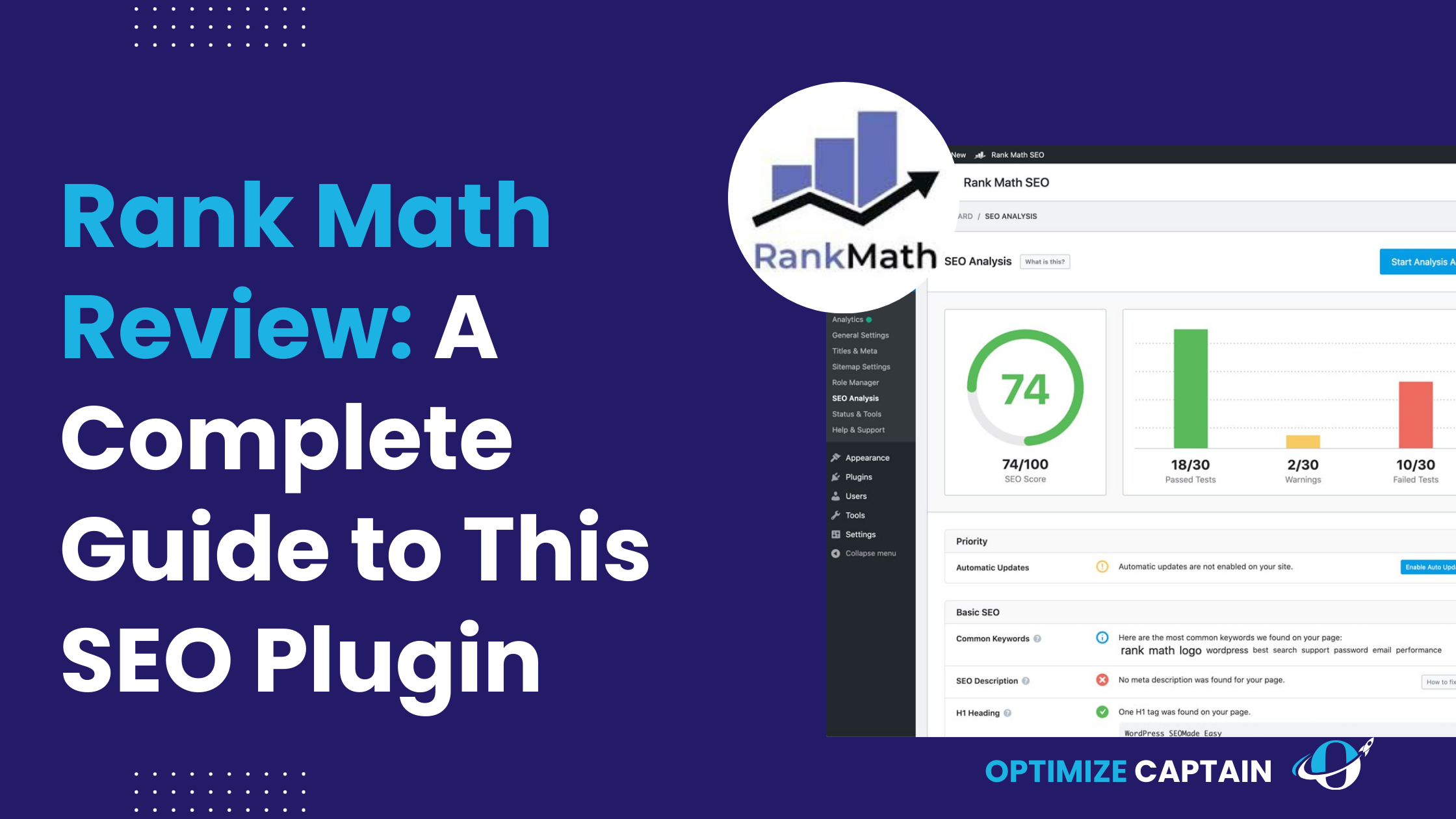There are hundreds of articles on SaaS marketing funnels, but this guide aims to be a one-stop resource.
In the SaaS industry, the time it takes to close a single deal can vary greatly, often stretching over several months due to the complex nature of the products and decision-making processes involved. This underscores the critical importance of having a finely tuned-marketing funnel.
By optimizing each stage of the funnel, you can significantly reduce the time and resources spent on converting prospects into loyal customers.
Let’s get started and turn theory into action.
What is SaaS Marketing?
SaaS marketing is the process of promoting and selling subscription-based software products via digital channels. It differs from traditional product marketing because it focuses on recurring relationships rather than one-time sales. A strategic SaaS marketing strategy involves targeted campaigns designed to attract, convert, retain, and expand customer relationships through continuous engagement and value delivery. The ultimate goal is not just to make a sale but to foster ongoing customer loyalty and increase value over time.
What’s a SaaS Marketing Funnel Anyway?
Simply put, a SaaS marketing funnel maps out the journey from stranger to loyal customer. It’s not just about making a sale; it’s about creating a cycle of continuous engagement. You might be wondering why this is crucial. Understanding this funnel is like having a roadmap for customer acquisition and retention—critical for recurring revenue models typical of SaaS businesses.
Why You Can’t Ignore Your Funnel
Ignoring your marketing funnel is like ignoring the check engine light on your dashboard—it’s a shortcut to bigger problems. Let me explain: A well-constructed funnel not only streamlines your marketing efforts but also boosts your ROI by targeting efforts where they count most.
How SaaS Marketing Funnels Differ from Traditional Funnels
Before we jump into building your funnel, let’s clarify how SaaS funnels stand out from traditional marketing funnels:
- Longer Decision Making: SaaS products often involve longer evaluation periods due to their complexity and integration requirements.
- Higher Customer Interaction: Due to the recurring revenue model, SaaS businesses engage continuously with their customers to ensure satisfaction and reduce churn.
- Importance of Education: SaaS products require significant customer education and ongoing support to ensure users understand and effectively utilize the software.
- Focus on Upsells and Cross-Sells: Since SaaS businesses benefit significantly from existing customers through upsells and renewals, these strategies are integral to the marketing funnel.
The Anatomy of a Successful SaaS Marketing Funnel
In the fast-paced world of SaaS each stage is vital for snagging and keeping customers, and slipping up at any point can cost you big time.
Top of the Funnel (ToFu): Awareness
Right at the top, it’s all about getting your name out there. This stage is where potential customers first bump into your brand. Your goal? Cast a wide net. Pull in as many leads as possible using a mix of content marketing, SEO, PPC, and social media tactics.
Challenges and Financial Pitfalls:
- High Cost, Low Conversion: Throwing money at broad, unfocused marketing campaigns can burn cash fast and attract lots of tire-kickers who never convert. This means your investment keeps climbing while your returns flatline.
Fix: Sharpen your focus. Use targeted messaging and a data-driven strategy to ensure your marketing dollars are zeroing in on folks who are actually likely to buy, boosting lead quality and your ROI.
Middle of the Funnel (MoFu): Consideration
Once you’ve caught their attention, leads drift into the middle of the funnel. Here, they’re weighing up whether your product is the right fit. This stage is all about nurturing that interest. You’ve got to educate and engage these potential buyers, nudging them closer to making a purchase.
Challenges and Financial Pitfalls:
- Ineffective Lead Nurturing: If your content misses the mark, or if follow-ups are off, leads can cool off fast. If they don’t get the info they need or feel overlooked, they’ll walk.
Fix: Dial up the personal touch. Use tailored email marketing, create content that resonates (think case studies, e-books, webinars), and set up marketing automation that reacts to user actions. Keep them interested, and keep them moving toward that buy button.
Bottom of the Funnel (BoFu): Decision
This is crunch time—the bottom of the funnel, where decisions get made and deals are closed. This is your make-or-break moment to convert leads into paying customers.
Challenges and Financial Pitfalls:
- Friction in Conversion Process: If the road to purchase is more like an obstacle course, you’ll lose them. Complex pricing, a clunky checkout process, or weak customer support can all nudge a lead to bail out right at the finish line.
Fix: Make it smooth. Simplify your pricing and streamline the buying process. Offer payment options and stellar customer support to guide them through any last-minute hesitations. Consider using chatbots or live chat to squash any final doubts, smoothing their purchase path instantly.
Navigating the SaaS marketing funnel with finesse means knowing each stage inside out. From casting a wide net at the top to sealing the deal at the bottom, every step needs to be optimized to catch leads, convert them efficiently, and keep them returning for more
Building Your SaaS Marketing Funnel: A Step-by-Step Blueprint
Step 1: Attraction – Getting Noticed
Content is King
Start with killer content. Blog posts, videos, webinars—create content that speaks directly to your audience’s pain points. Use SEO smartly; let the algorithms bring your audience to you. Remember, the goal here is not just to attract a broad audience, but to attract the right audience. Segment your content strategy to target different customer personas with tailored messages that resonate with their specific needs and drives.
Expanding Your Content Reach
Diversify your content types to reach a wider audience. Consider creating infographics, whitepapers, and case studies that can be shared across multiple platforms. Host webinars and live Q&A sessions to directly engage with potential customers and address their specific queries. Collaborate with industry influencers to co-create content, which can help you tap into their established audience.
Social Media: Your Outreach Arm
So, what’s next? Use social media as a megaphone. Platforms like LinkedIn and Twitter aren’t just for networking; they’re tools to amplify your content and pull traffic to your site. Engage directly with followers, answer questions, and share valuable content to build a community around your brand.
Maximizing Social Media Impact
Implement a consistent posting schedule and use social media management tools to streamline your efforts. Run targeted ads to reach specific demographics and utilize analytics to refine your strategy. Participate in relevant groups and forums to establish your presence and build relationships with potential customers.
Step 2: Lead Capture – The Art of the Hook
Landing Pages That Convert
Your landing pages need to do one thing well—convert. Each page should be a focused, compelling argument for your product, with a clear CTA. No fluff, no clutter. This is about clarity and precision. A/B test different elements like headlines, button colors, and layouts to find what works best for your audience.
Enhancing Landing Page Effectiveness
Incorporate testimonials and case studies to build credibility and trust. Use high-quality images and videos to make your landing pages more engaging. Ensure your pages load quickly and are optimized for mobile devices to provide a seamless user experience.
Lead Magnets: The Trade
Now, here’s something interesting: Offer value in exchange for contact details. Think free trials, e-books, or exclusive webinars. It’s a simple transaction: their contact info for your value. Make sure your lead magnets are irresistible—so valuable that your prospects are willing to trade their information without hesitation.
Creating Compelling Lead Magnets
Develop a variety of lead magnets to appeal to different segments of your audience. Offer a mix of long-form content like e-books and whitepapers, alongside shorter, more digestible pieces like checklists and templates. Continuously update your lead magnets to reflect the latest industry trends and insights.
Step 3: Nurture – Keep Them Warm
Emails That Speak to Them
Automated doesn’t mean impersonal. Segment your emails and personalize them. Speak directly to your lead’s interests and needs. Keep them engaged, keep them moving through the funnel. Use dynamic content that changes based on the user’s past behavior and interaction with your emails to enhance relevance and engagement.
Advanced Email Strategies
Utilize behavioral triggers to send timely and relevant emails. For instance, if a lead downloads an e-book, follow up with related content or a case study. Implement drip campaigns that gradually introduce your product’s features and benefits, maintaining engagement over time.
Value, Value, Value
And don’t forget: Never stop adding value. An educated lead is a lead that’s closer to closing. Keep them in the loop with product updates, how-to guides, and insider tips. The more your leads know about your product and how it can solve their problems, the closer they are to becoming paying customers.
Maintaining Continuous Engagement
Regularly survey your leads to understand their evolving needs and preferences. Tailor your content strategy to address these insights, ensuring you remain relevant and valuable. Host exclusive webinars and offer sneak peeks of new features to keep your leads excited about your product.
Step 4: Conversion – Time to Close
Simplify the Sale
Your product might be complex, but your purchase process shouldn’t be. Streamline the steps, clarify the costs, and multiply the payment options. Make it easy. Remove every possible friction point that might deter a lead from completing the purchase.
Optimizing the Conversion Process
Provide detailed pricing information and offer a clear comparison of different plans. Include FAQs and live chat support on your pricing page to address any last-minute questions. Offer limited-time discounts or special deals to create a sense of urgency and encourage prompt action.
Support: Your Secret Weapon
Here’s a tip: Great customer support can clinch a sale and start a relationship. Be there, be helpful, and be quick about it. It’s about making that first experience a wow experience. Equip your support team with the tools and information they need to provide real-time, effective solutions to any issues that might arise during the sales process.
Enhancing Customer Support
Implement a comprehensive knowledge base and a robust ticketing system to manage customer inquiries efficiently. Train your support team to handle complex queries and provide personalized solutions. Offer multiple channels for support, including phone, email, and live chat, to cater to different customer preferences.
Step 5: Retention – Keep Them Coming Back
Customer Success is Your Success
A happy customer stays longer. Set up regular check-ins, offer customized advice, and preempt problems before they arise. Make their success your priority. The goal here is to not only keep customers but to turn them into advocates for your brand.
Building Strong Customer Relationships
Create a customer onboarding program that ensures new users quickly realize the value of your product. Regularly update customers on new features and enhancements. Offer advanced training sessions and resources to help them get the most out of your product.
The Power of the Referral
And finally, leverage your satisfied customers. Encourage them to spread the word with a referral program that rewards them for bringing in new leads. This not only increases your customer base but also strengthens the loyalty of existing customers, as they become part of your brand’s success story.
Designing an Effective Referral Program
Offer attractive rewards that are meaningful to your customers, such as discounts, exclusive access to new features, or cash incentives. Make it easy for customers to share their referral links through email, social media, and your website. Track and measure the success of your referral program to optimize it over time.
Mailchimp’s Marketing Funnel Example

Mailchimp is a top choice for email marketing because it’s very good at guiding users from first hearing about the brand to becoming loyal customers. Here’s a closer look at how Mailchimp manages each part of its marketing funnel.
Acquisition:
At the beginning of the funnel, Mailchimp catches attention with its unique and friendly brand identity. They use consistent and appealing designs and colors that make their brand easy to recognize and remember.
Mailchimp also creates content that people want to read and share. They write helpful blog posts and post updates on social media that show how useful Mailchimp can be. This content helps potential customers learn about Mailchimp even before they sign up.
Activation:
Once people sign up, Mailchimp works to get them active and interested. They make the sign-up process simple and clear, so new users know exactly what they’re getting. This good start helps keep people from leaving.
Mailchimp keeps users engaged by sending them useful and interesting emails regularly. They use emails and social media to keep the conversation going, making sure users stay interested and active.
Retention:
Mailchimp does a great job at keeping customers by using data to send personalized content at the right time. They also use tools like SMS and automated emails to stay connected with customers through different channels, not just email.
Referral:
Mailchimp makes it easy for happy customers to tell their friends about the service. When a user forwards an email from Mailchimp to a friend, that friend gets a well-crafted, personal-looking email. Mailchimp rewards users who refer others, which encourages more sharing.
Customer Support:
Excellent customer support is another reason Mailchimp succeeds. They offer 24/7 support to quickly solve any issues customers might have. They even make it easy to cancel subscriptions if needed, which builds trust and reduces frustration.
Conclusion
Mastering your SaaS marketing funnel isn’t just about implementing a series of steps; it’s about creating a dynamic system that adapts to the evolving needs of your business and your customers. With this guide, start refining your approach, apply continuous improvements, and watch as your funnel not only converts but also fosters long-term loyalty and growth.
FAQ’s
1. What is a SaaS marketing funnel?
A SaaS marketing funnel guides potential customers from discovery to becoming loyal users, focusing on recurring relationships rather than one-time sales.
2.Why is the SaaS marketing funnel important?
It helps businesses optimize converting prospects into loyal customers, crucial for long-term success in the SaaS industry.
3.How does it differ from traditional funnel?
SaaS funnels involve longer decision-making, continuous customer interaction, education, and focus on upsells and cross-sells.

